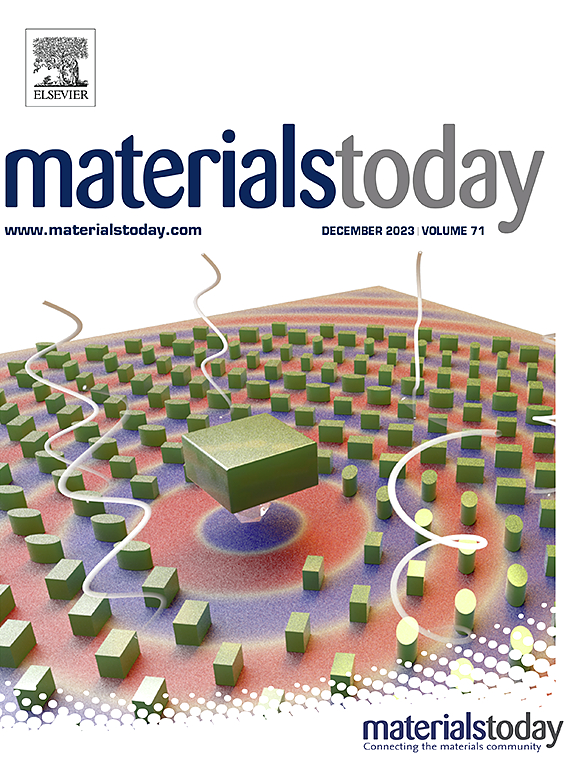Receptor agonist/antagonist-incorporated anticancer nanodrugs: Design, materials, and strategies
IF 21.1
1区 材料科学
Q1 MATERIALS SCIENCE, MULTIDISCIPLINARY
引用次数: 0
Abstract
With the continuous discovery of receptors that are closely involved in tumor occurrence and progression, modulating the activity of these receptors to achieve tumor therapy via their agonists/antagonists is regarded as a feasible antitumor strategy. However, conventional agonists/antagonists have their own disadvantages such as low bioavailability and significant off-target effect, which limit the application of agonists/antagonists. Benefiting from the rapidly developing nanotechnology, many studies have tried to integrate agonists/antagonists into nanodrug systems to develop agonist/antagonist-incorporated anticancer nanodrugs, and many of these investigations have achieved satisfactory antitumor effects. In this review, we provide an overview of the agonists/antagonists currently used in nanodrug systems, including pattern recognition receptor agonists, G protein-coupled receptor agonists/antagonists, and nuclear receptor agonists. We provide and discuss the design ideas, carrier materials, preparation methods, and working mechanisms for nanodrug systems based on the aforementioned agonists/antagonists. In some examples, we elaborate on the combinational strategies of agonists/antagonists and other therapeutic reagents. In addition, from different aspects, we also propose the main challenges and future research directions that deserve careful investigations in this field. We hope that this review may provide guidance for the development of agonist/antagonist-incorporated anticancer nanodrugs.

求助全文
约1分钟内获得全文
求助全文
来源期刊

Materials Today
工程技术-材料科学:综合
CiteScore
36.30
自引率
1.20%
发文量
237
审稿时长
23 days
期刊介绍:
Materials Today is the leading journal in the Materials Today family, focusing on the latest and most impactful work in the materials science community. With a reputation for excellence in news and reviews, the journal has now expanded its coverage to include original research and aims to be at the forefront of the field.
We welcome comprehensive articles, short communications, and review articles from established leaders in the rapidly evolving fields of materials science and related disciplines. We strive to provide authors with rigorous peer review, fast publication, and maximum exposure for their work. While we only accept the most significant manuscripts, our speedy evaluation process ensures that there are no unnecessary publication delays.
 求助内容:
求助内容: 应助结果提醒方式:
应助结果提醒方式:


